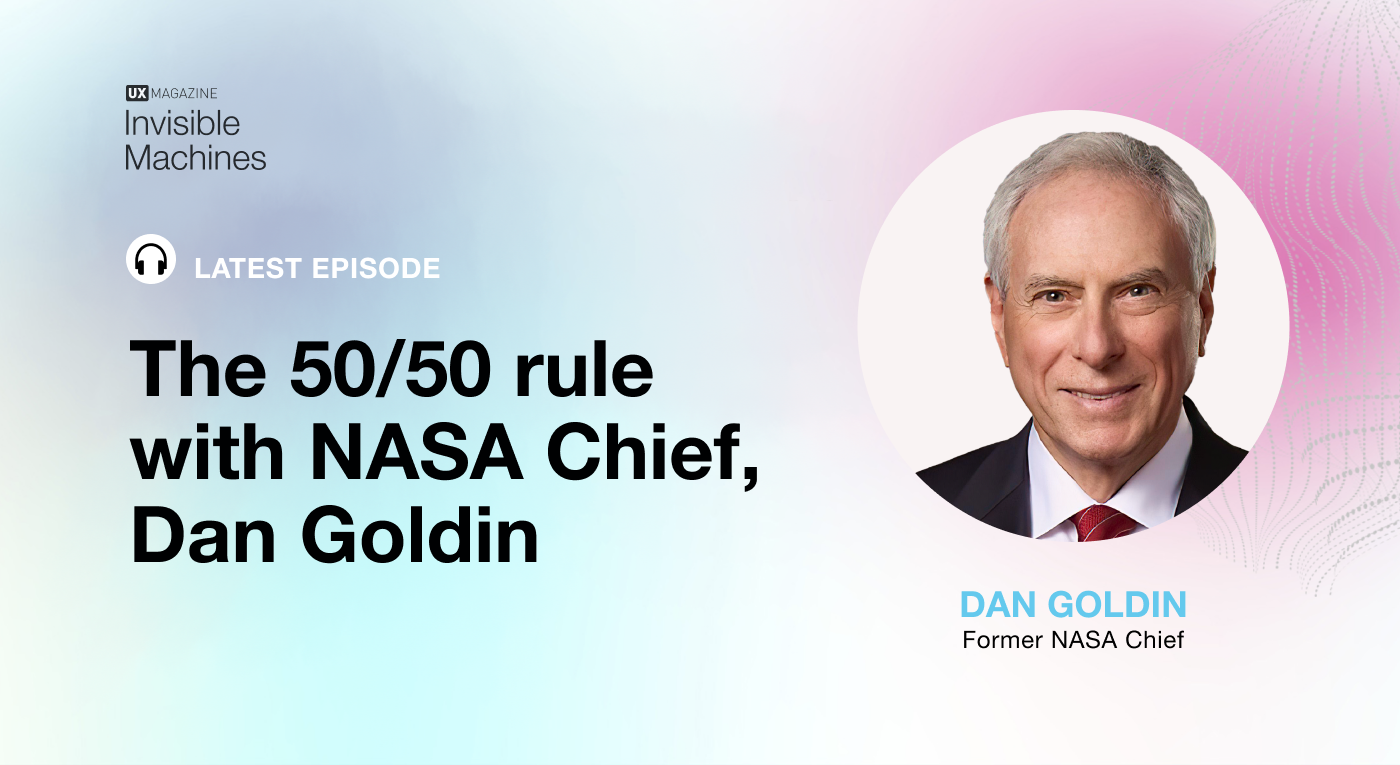What does it take to lead one of the world’s most complex organizations through an era of transformation? Just ask Dan Goldin, NASA’s longest-serving Administrator. From 1992 to 2001, he pioneered the “faster, better, cheaper” approach, proving that innovation doesn’t have to come at the cost of safety—or budget.
In the latest episode of Invisible Machines, Goldin joins Robb Wilson and Josh Tyson for a candid conversation about innovation, leadership, and debunking long-standing myths. He doesn’t hold back, calling out the infamous “iron triangle” as horsepuckey and offering a fresh perspective on how to build high-impact teams.
One of his key insights? The 50/50 rule—a framework for assembling teams that drive meaningful progress without creating bottlenecks. Surprisingly, this approach has a fascinating connection to Michelangelo’s artistry, reinforcing the idea that creativity and precision must coexist for true breakthroughs.
From reshaping NASA’s strategy to redefining how we think about talent and risk, Goldin’s insights are a must-hear for anyone navigating innovation—whether in aerospace, AI, or beyond.
Buckle up for this no-nonsense conversation with a true innovator.








